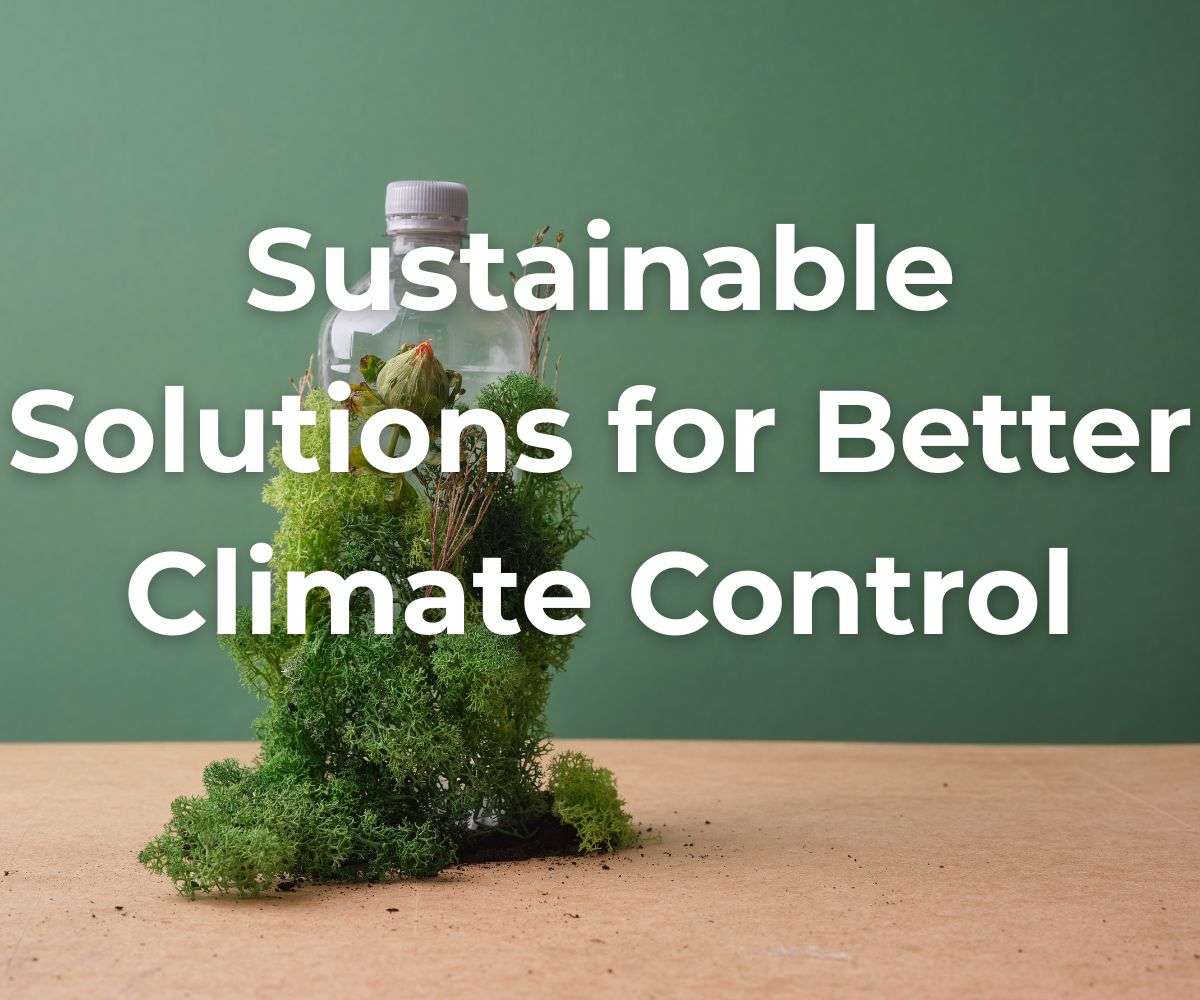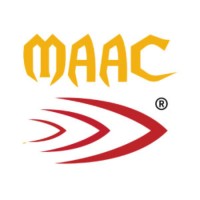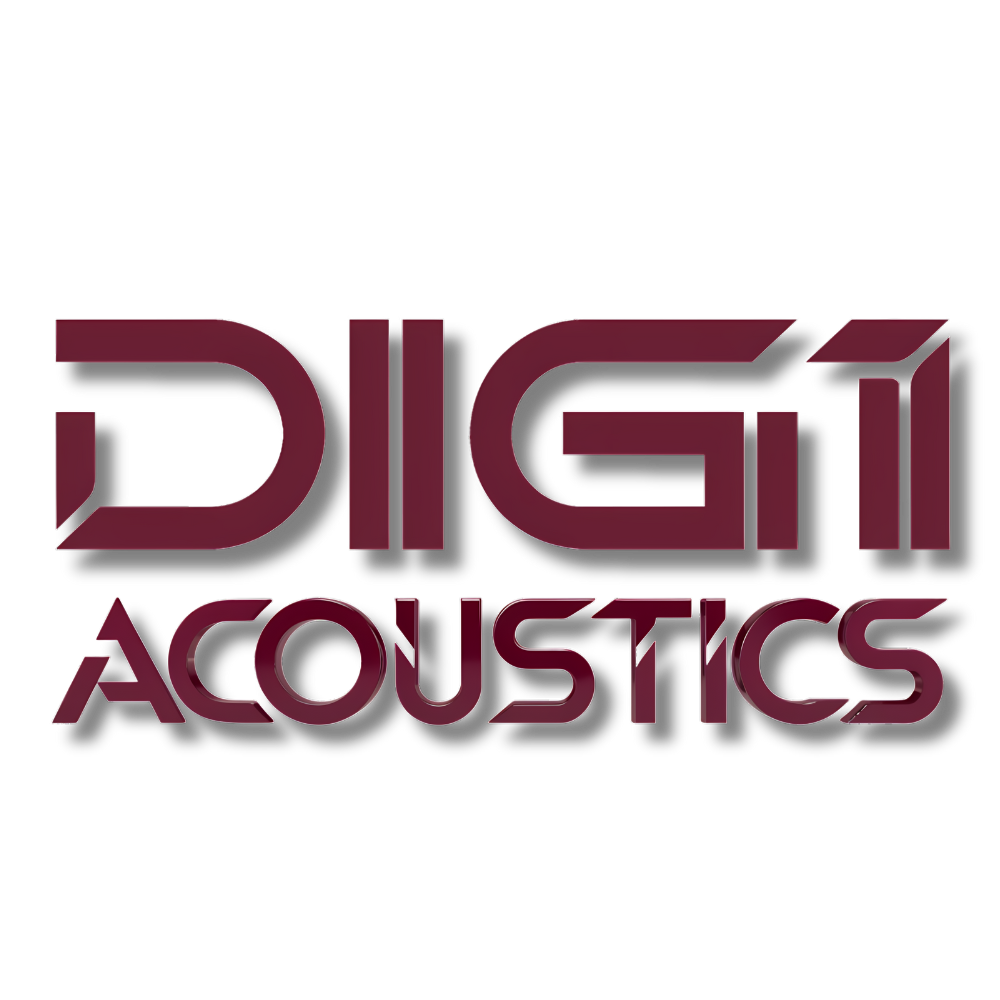sustainable solutions for better climate control
Description
Sustainable Solutions for Better Climate Control
Climate control is no longer a luxury reserved for large corporate buildings; it’s an essential component of comfort, efficiency, and sustainability in modern spaces. Businesses, property managers, and builders in Layton, Utah face unique climate challenges, from hot, dry summers to chilly, snow-laden winters. Discovering sustainable solutions for climate control doesn’t just cut energy costs—it also supports a healthier planet.
This blog will take you through the latest eco-friendly approaches for maintaining optimal indoor temperatures and highlight why innovations like advanced glass solutions are shaping a new standard for green building design.
Rethinking Climate Control for Sustainability
Climate control is all about maintaining a comfortable environment, but traditional heating and cooling systems rely on significant energy use. This has environmental consequences, with buildings accounting for nearly 40% of global energy consumption.
Other factors, like poor insulation and outdated glass materials, can make matters worse. Eco-conscious businesses and homeowners are now seeking smarter, greener ways to save energy without sacrificing comfort.
Why Traditional Solutions Fall Short
Conventional HVAC (heating, ventilation, and air conditioning) systems treat the symptoms, not the causes, of uncomfortable temperatures. They often cycle on and off, consuming electricity and natural gas even when outdoor conditions don’t require high levels of heating or cooling.
Single-pane windows or old facades can leak air and transfer heat, making these systems work even harder.
The Benefits of Sustainable Climate Control
More sustainable approaches target building materials, insulation, and smart technologies. The most effective solutions can:
- Lower energy bills by minimizing wasted heating and cooling.
- Improve indoor air quality and overall health.
- Reduce greenhouse gas emissions for a lower carbon footprint.
- Enhance property value by developing a modern, efficient space.
Innovative Materials for Greener Buildings
The building envelope—including doors, walls, and glass—is a major factor in energy loss or gain. Technological advances in materials now offer impressive potential for climate optimization.
High-Performance Glazing and Glass
Glass is often a building’s greatest weakness when it comes to energy efficiency. However, new products transform this vulnerability into a strength. Low-emissivity (Low-E) glass reflects solar heat away while allowing natural light inside, dramatically reducing the need for air conditioning during Layton’s hot summers.
Double- or triple-pane units filled with inert gases like argon also insulate better than older windows.
Businesses using commercial glass in Layton, Utah have noticed a tangible difference in temperature stability, noise reduction, and utility bills after upgrading to these advanced solutions. Local projects are setting a standard by incorporating glass designs that meet LEED and Energy Star certifications.
Sustainable Insulation and Green Roofs
Eco-friendly insulation materials, such as cellulose (recycled newspaper) and sheep’s wool, provide superior temperature regulation without harmful off-gassing. Green roofs, often used in urban or commercial settings, insulate buildings naturally, absorb stormwater, and help mitigate the urban heat island effect.
Smart Tint and Electrochromic Windows
Technologies that allow glass to change opacity on command or automatically in response to sunlight underscore the future of climate-adaptive architecture. Smart tint windows can help maximize energy savings and comfort without manual intervention, reducing both artificial lighting and peak cooling demands.
Smart Technologies for Precision Control
Human habits and preferences vary, but smart controls help optimize comfort and minimize waste.
Programmable Thermostats and Zoning
Smart thermostats learn daily routines and weather patterns, adjusting the climate to ensure efficiency without sacrificing comfort. Zoning systems allow different parts of a building to be heated or cooled independently, so energy isn’t wasted on rarely-used spaces.
Integrated Sensors and Building Management Systems
Sensors that monitor occupancy, humidity, and air quality inform intelligent management platforms. These systems make small, continuous adjustments that add up to major savings over time. Integrated solutions also allow remote monitoring, so facilities teams can manage multiple commercial properties at once.
Renewable Energy Integration
Solar panels and geothermal systems aren’t just for off-grid living; they play a growing role in mainstream climate control. By producing clean energy on-site and storing excess energy, buildings can power climate systems with minimal environmental impact.
From Ideas to Action Sustainable Strategies for Layton and Beyond
Sustainable climate control isn’t just a trend; it’s a necessary step for anyone who wants to future-proof their building while contributing to local and global environmental efforts. Builders and business owners in Layton, Utah have convenient access to suppliers specializing in eco-friendly systems, advanced climate management, and commercial glass in Layton, Utah that’s up to the task.
Upgrading materials like insulation and glazing, combining smart controls, and tapping into renewable energy can create a domino effect of benefits—from increased property value to true year-round comfort. By choosing the right solutions now, you’ll help set a sustainable standard for buildings in Layton and inspire neighboring communities to follow suit






















Babu88-এর মাধ্যমে ক্রিকেট বেটিং করাটা এক অন্যরকম অভিজ্ঞতা। তারা সব আন্তর্জাতিক এবং ঘরোয়া ম্যাচের গভীর কভারেজ দেয়, সাথে চমৎকার অডস (Odds)। বিশেষ করে BPL এবং IPL-এর সময় তাদের বেটিং অপশনগুলো সত্যিই অসাধারণ থাকে। অ্যাপের মধ্যে পরিসংখ্যান এবং বিশ্লেষণগুলোও বেটিংয়ের সিদ্ধান্ত নিতে সাহায্য করে। সেরা ক্রিকেটের অডস পেতে, এখনই ডাউনলোড করুন https://babu88bd1.com/app/ এবং আপনার ভাগ্য পরীক্ষা করুন। আমি নিশ্চিতভাবে বলতে পারি, এটি বাংলাদেশের বেটিং প্রেমীদের জন্য এক আদর্শ অ্যাপ্লিকেশন যা তাদের প্রত্যাশা পূরণ করতে পারে।